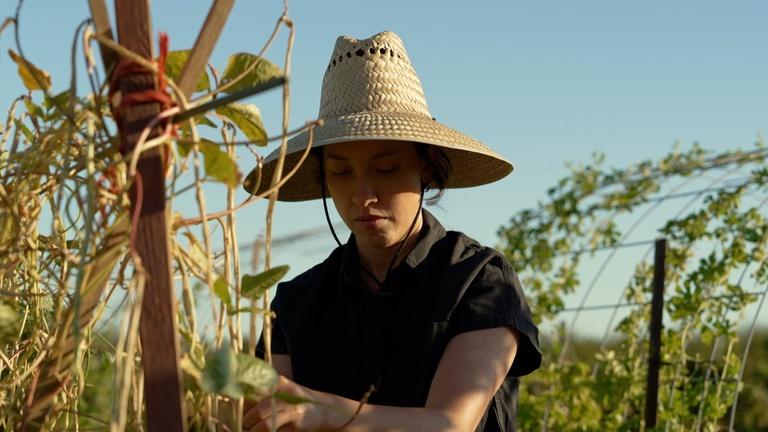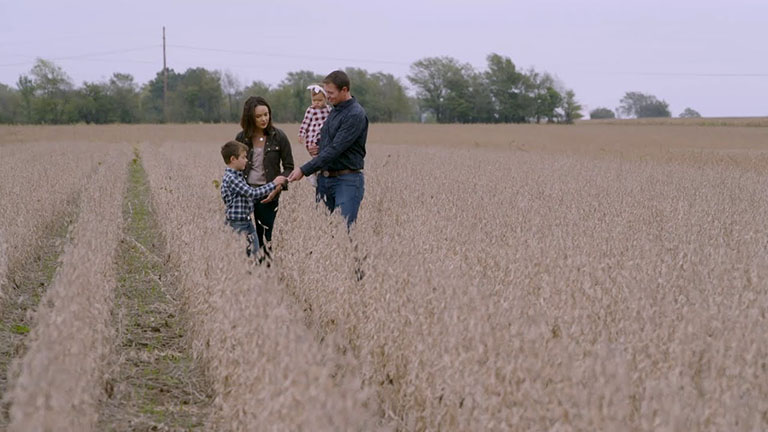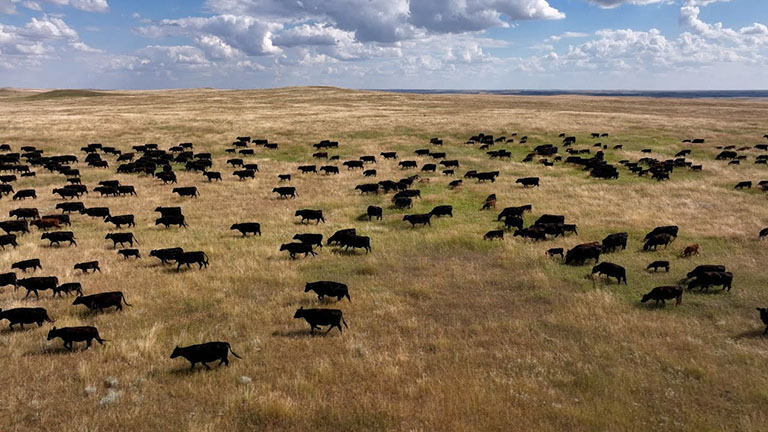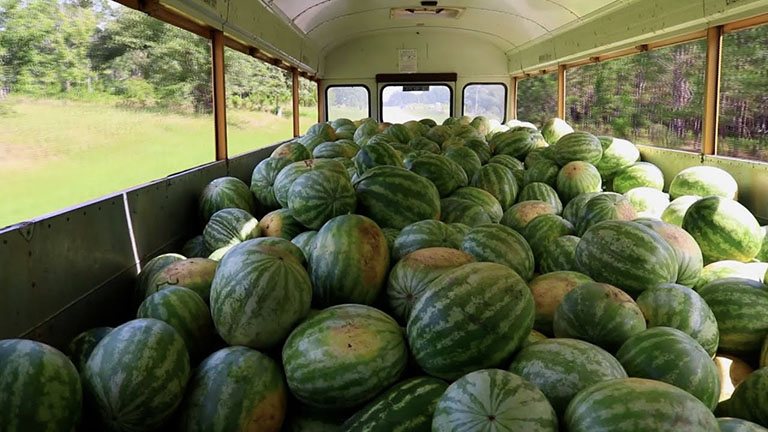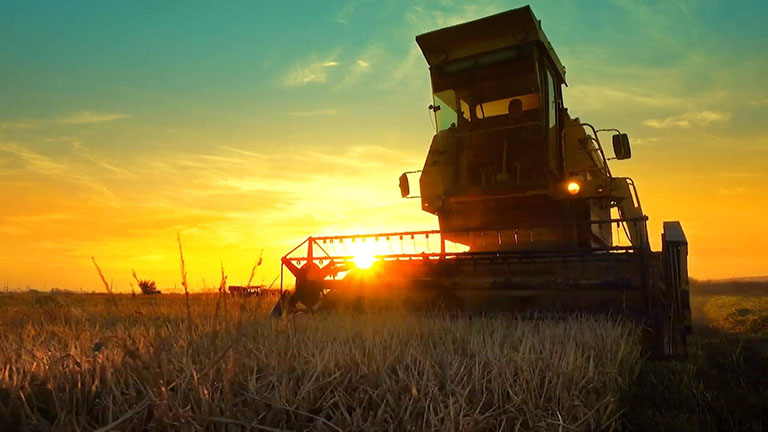Featured Episode
Season 18 | Episode 10
Meet a first-generation, Taiwanese-American farmer inspired by her childhood dishes. Our health expert explores the nutritional benefits of culturally significant foods like bitter melon. Visit a farm led by multiple generations of women. Learn how to make a mixed berry galette with mascarpone whipped cream. Tour an apple farm that hosts a popular fall festival.
Recipes
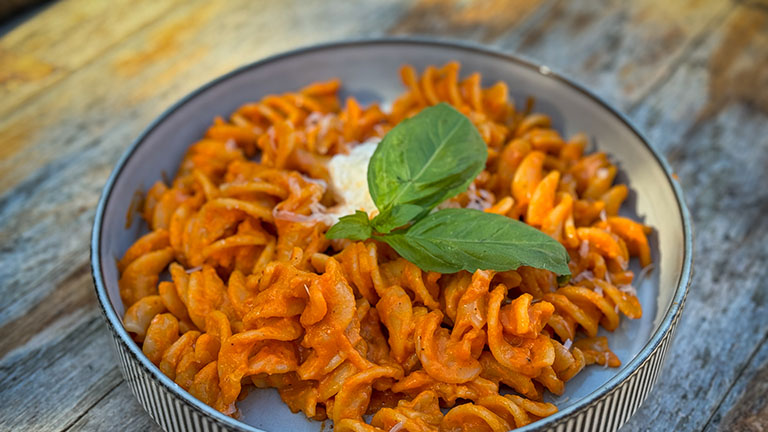
Try out some of our favorite recipes featuring fresh ingredients grown throughout the Heartland! Join our cooking expert and host on dozens of new culinary adventures in Farm to Fork with Sharon Profis.
Explore American Agriculture
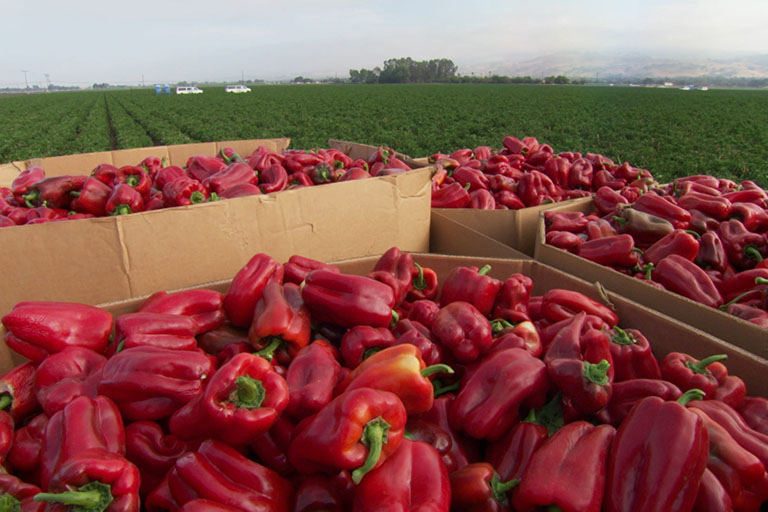
Specialty Crops
California leads the nation in the production of specialty crops. Specialty crops include many fruits, vegetables, herbs and spices, tree nuts, even flowers and nursery plants.
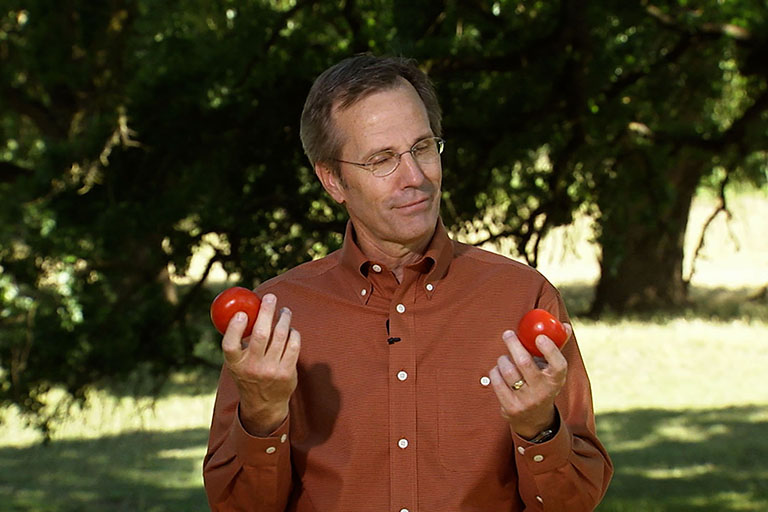
Harvesting Knowledge
Discover the sometimes-ancient origins of some of our favorite foods – where they came from and how some arrived in North America. Plus, we’ll learn some myths and facts about their benefits.
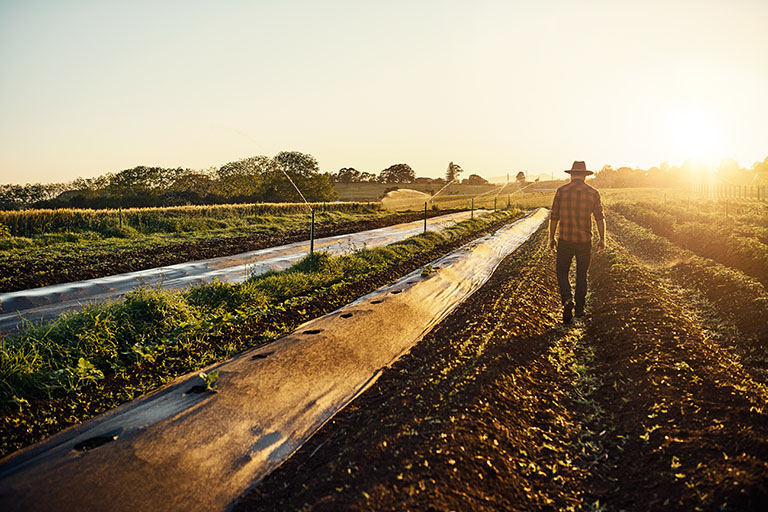
Working the Land
Interested in a career in agriculture? Meet some of the people who make their living bringing food, fuel, and fiber to the nation and the world. Discover how technology, science, and innovation plays a huge part in many exciting ag careers that you can pursue.
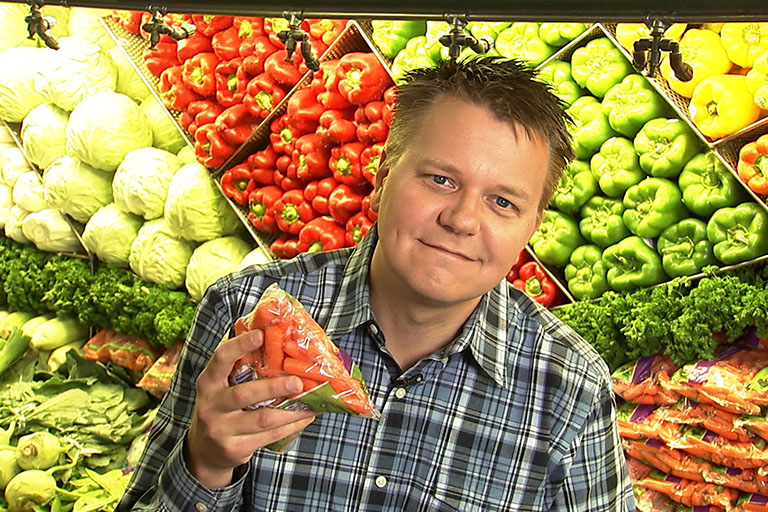
Off the Shelf
Join Jason Shoultz as he roams grocery store aisles selecting a wide array of fresh products to learn how they’re made and offered to consumers.
Now in its 18th Season
Since our very first episode in 2005, America’s Heartland has been proud to share the stories of America’s hardworking, innovative farmers and ranchers.
We’re inspired by one simple idea: help consumers understand what it takes to bring food, fuel, feed, and fiber to the nation and the world.
Lesson Plans and Study Guides for Students and Teachers
Celebrate the diversity and contribution of farmers and ranchers in feeding, clothing, and fueling the world by bringing America’s Heartland into the classroom, whether virtual or in-person.

Teachers
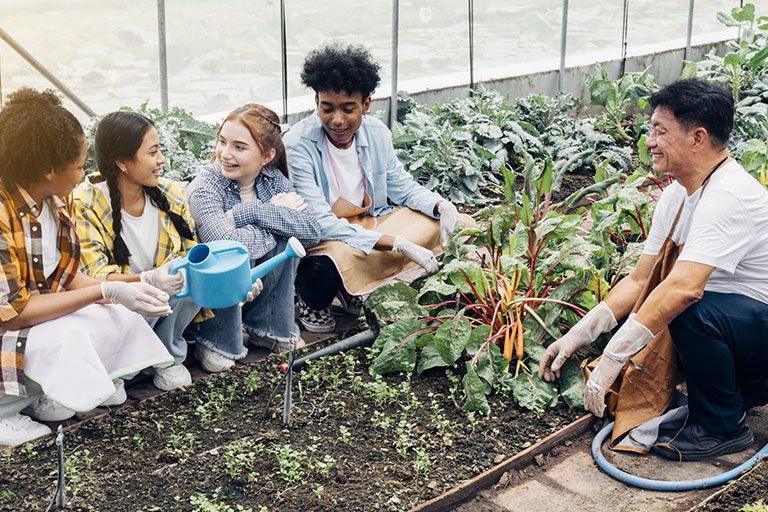
Students
Special Episodes
America’s Soybean Industry
Sustainable Farming
Rural Development Across America
Harvest Season for Midwestern Farms
